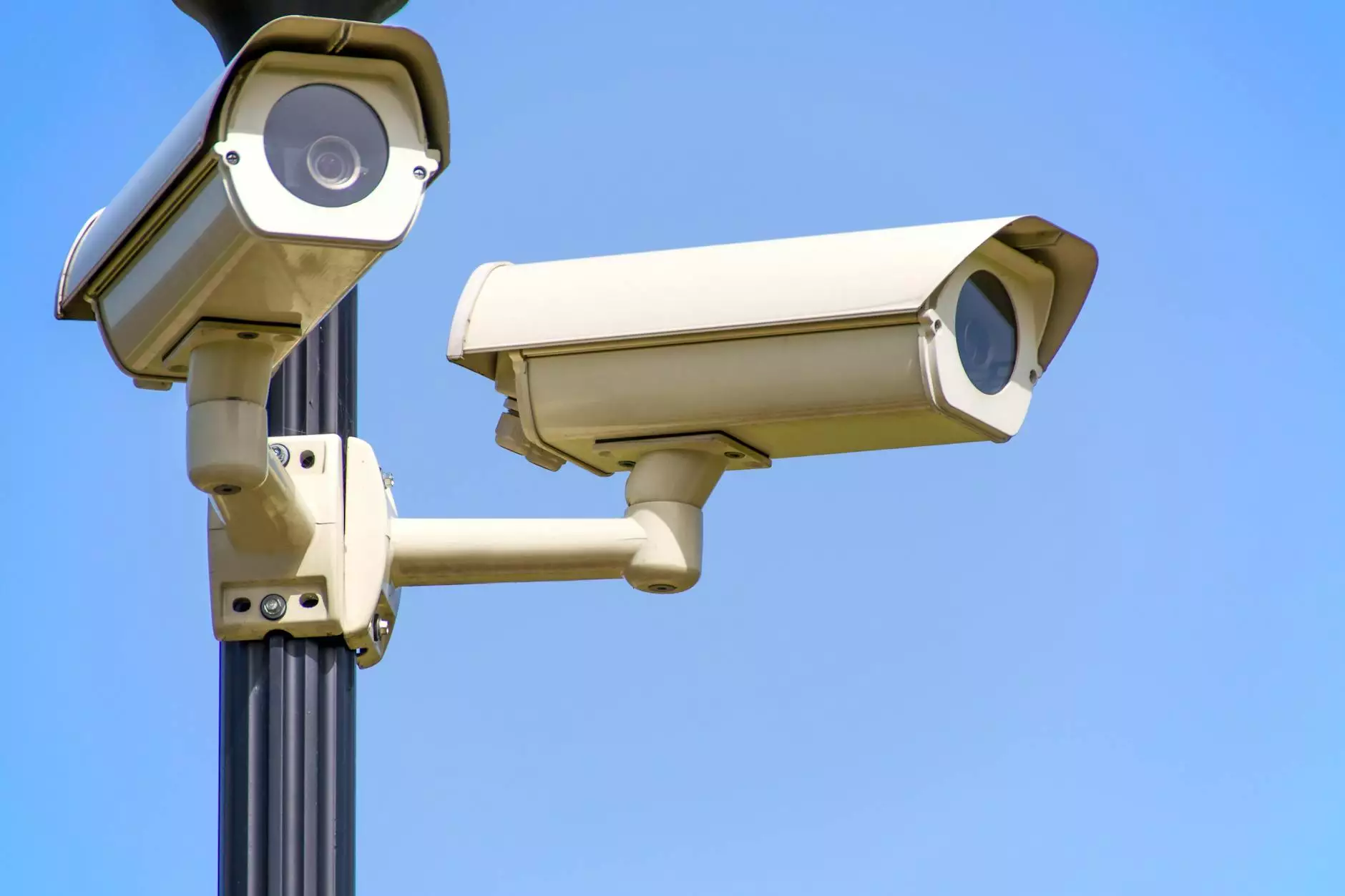Mastering Secure Windows Remote Desktop: A Comprehensive Guide for Businesses

In today's fast-paced digital landscape, where remote work is becoming increasingly prevalent, having a secure Windows Remote Desktop solution is vital for any business aiming to enhance productivity and maintain secure operations. This guide delves deep into the benefits, technologies, and best practices surrounding secure remote desktop access, positioning your business to leverage technology while safeguarding sensitive information.
Understanding Windows Remote Desktop
Windows Remote Desktop allows users to connect to a computer or server from a remote location. This technology is particularly advantageous for businesses as it enables employees to access workstations securely from anywhere, fostering a flexible work environment. The process involves three main components:
- Remote Desktop Protocol (RDP): This proprietary protocol developed by Microsoft facilitates the remote connection by transmitting input commands and displaying the remote desktop interface.
- Remote Desktop Client: This software is installed on the user's device (PC, tablet, or mobile) and enables connection to the remote desktop.
- Remote Desktop Server: The host machine that users connect to, running Windows Professional or Enterprise versions with RDP enabled.
Benefits of Using Secure Windows Remote Desktop
Implementing a secure Windows Remote Desktop solution can usher in a multitude of benefits for businesses:
- Enhanced Flexibility: Employees can work from anywhere at any time, provided they have internet access, which helps in maintaining productivity and work-life balance.
- Centralized Management: IT departments can manage and monitor remote access, ensuring compliance and adherence to company policies.
- Cost Efficiency: Reduces the need for physical office space and infrastructure, enabling businesses to allocate resources effectively.
- Improved Collaboration: Teams can easily collaborate in real-time, sharing resources and information seamlessly, irrespective of their physical location.
Key Considerations for Secure Implementation
To ensure a secure connection via Windows Remote Desktop, businesses must adhere to the following key considerations:
1. Strong Password Policies
Using complex passwords is paramount. Set policies that enforce:
- Minimum password lengths.
- Inclusion of uppercase letters, numbers, and special characters.
- Regular password changes and evaluations.
2. Two-Factor Authentication (2FA)
Implementing 2FA provides an additional layer of security. Even if a password is compromised, unauthorized access can be prevented through a secondary verification method, such as a text message or authentication app.
3. Network Security Protocols
Utilize secure networks for remote connections. Implementing virtual private networks (VPNs) can encrypt traffic between users and remote desktops, significantly reducing the risk of intercepted communications.
4. Regular Updates and Patch Management
Ensure that all systems, including both the server and client devices, are regularly updated to protect against vulnerabilities. Utilize automated update systems where possible for efficiency.
5. Limit User Access Rights
Adopt the principle of least privilege. Each user should have access only to the data and applications necessary for their role to prevent unauthorized access to sensitive information.
Best Practices for Secure Windows Remote Desktop Access
Adhering to best practices will not only help maintain security but also improve overall performance and user experience:
1. Monitor Remote Access Sessions
Regularly audit and monitor remote sessions to ensure compliance with security protocols. Use monitoring software to track logins, session durations, and actions performed during remote sessions.
2. Session Timeouts and Automatic Disconnection
Implement session timeouts after periods of inactivity to mitigate risks associated with unattended connections. Users should be automatically disconnected if inactive for a certain period.
3. Train Employees
Provide training sessions for employees to familiarize them with secure remote desktop practices, emphasizing the importance of securing their devices and recognizing potential threats.
4. Backup Data Regularly
Ensure that critical business data accessed via remote desktops is backed up regularly. Utilize cloud solutions or external hard drives to maintain copies of important files.
Popular Tools and Technologies for Secure Windows Remote Desktop
Several tools can enhance the security and functionality of Windows Remote Desktop:
- Remote Desktop Gateway: This tool acts as a secure connection point, enabling users to connect securely over the internet using HTTP or HTTPS protocols.
- VPN Solutions: Tools such as OpenVPN or Cisco AnyConnect offer robust encryption and security features for remote desktop access.
- Endpoint Security Solutions: Software to protect endpoint devices ensures that remote computers are secure from malware and unauthorized intrusions.
- Session Recording Tools: Recording remote desktop sessions can provide insights into user activity and help in compliance audits.
Challenges and Solutions in Remote Desktop Security
While implementing a secure Windows Remote Desktop solution offers numerous benefits, organizations may face several challenges:
1. Cybersecurity Threats
Remote desktop services can be susceptible to attacks such as brute force attacks and malware. To counter these threats, businesses can:
- Utilize firewalls and intrusion detection systems to monitor and block suspicious activities.
- Regularly update security software and apply necessary patches to mitigate vulnerabilities.
2. User Errors
Human error can lead to security breaches. To mitigate this:
- Conduct regular security awareness training.
- Implement clear policies on remote desktop usage.
3. Performance Issues
Remote connections can sometimes be slow, affecting user productivity. To enhance performance:
- Optimize network bandwidth usage by limiting non-essential applications during remote sessions.
- Consider upgrading hardware or using dedicated servers for remote access.
Conclusion: The Future of Secure Windows Remote Desktop
As more businesses adopt remote work policies, the importance of a secure Windows Remote Desktop solution cannot be overstated. The ability to connect securely and efficiently to remote systems enhances productivity while protecting sensitive data. By following best practices, investing in the right technology, and prioritizing employee training, organizations can harness the full potential of remote desktop solutions, ensuring that they remain competitive in a rapidly evolving business landscape.
Why Choose RDS-Tools.com for Your Remote Desktop Solutions?
RDS-Tools.com offers comprehensive IT Services & Computer Repair, Computers, and Software Development tailored to meet the unique needs of businesses seeking to implement secure Windows Remote Desktop solutions. Our expert team provides:
- Customized security assessments to identify vulnerabilities.
- Expert setup and configuration of Windows Remote Desktop Services.
- Ongoing support and training to ensure your team is equipped for success.
With RDS-Tools.com, you can ensure your transition to remote desktop solutions is smooth, secure, and productive.









